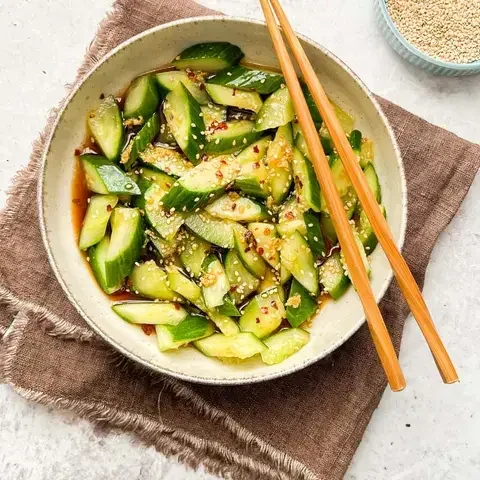Delicious and invigorating, soups are comfort food found in every cuisine around the world. Each country has its own symbolic soup and it is almost always a simple food coming from the peasant tradition. Soups, stews and broths are the culinary interpretation of household traditions that have created the character and gastronomic history of their territories.
Often prepared with simple ingredients, soups are characterized by elements present in abundance in their place of origin and this is what transforms soups from simple meals to anthropological and social symbols. Some are brothy, others drier or denser, yet the vegetable component is almost never missing. Many soups are consumed hot, but it is not uncommon to find them at room temperature or even cold, therefore suitable for refreshing the body during the hottest days. Here are 10 soups from around the world to know and try.





















